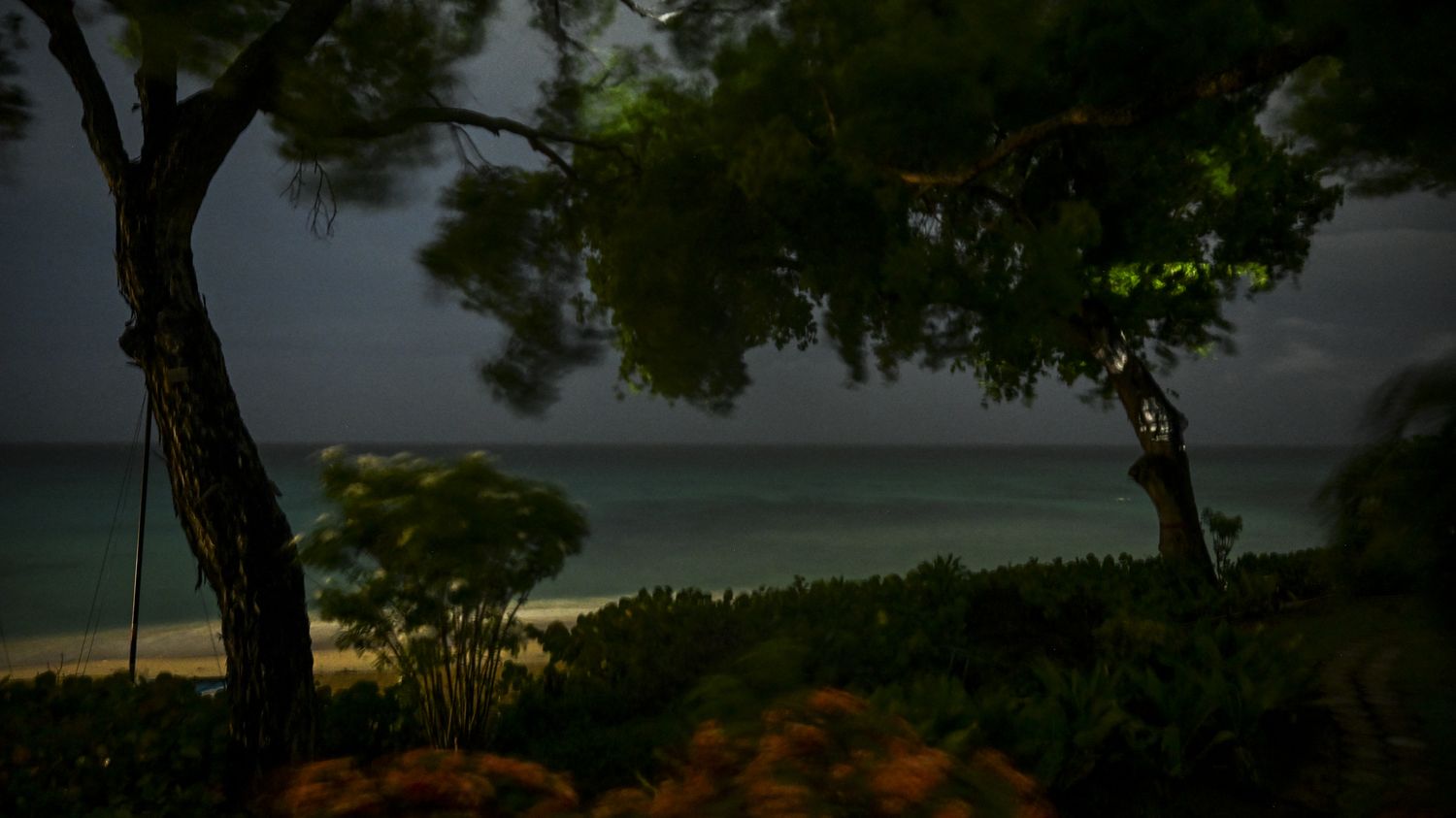The category 3 phenomenon is heading towards the Grenadine Islands and could be reclassified to category 4, according to François Jobard. Martinique is on orange alert.

Published
Reading time: 4 min

Hurricane Beryl is heading towards the southeastern Caribbean, the National Hurricane Center (NHC) reported Monday morning, July 1. The first hurricane of the season in the Atlantic, Béryl was classified on Sunday as an “extremely dangerous category 4 hurricane”, before being downgraded to category 3. “But this is only temporary, it is likely that we will have a new reinforcement”comments François Jobard, forecaster at Météo-France. For the moment, a hurricane watch is in effect for the islands of Barbados, Saint Lucia, Saint Vincent and the Grenadines and Grenada. Martinique is on tropical storm alert, as are southern Haiti and Dominica.
Franceinfo: What is the current situation of the hurricane and what should we expect in the coming days?
François Jobard: The hurricane is currently located west of the Antilles. It is progressing towards the west and will affect the archipelago of the Grenadine Islands in the coming hours as well as the island of Barbados. It has returned to category 3, but it is only temporary, it is likely that we will have a new reinforcement.
“We expect winds of around 220 km/h and gusts much higher, exceeding 250 km/h in the heart of the hurricane.”
François Jobard, forecaster for Météo-Franceat franceinfo
Like all these phenomena, the dangers are mainly linked to an enormous storm surge, that is to say a local rise in sea level, and torrential rains. This surge effect can be measured in meters, it can be devastating.
For the future, once Béryl has touched the Grenadines, it could pass close enough to Jamaica to see significant consequences on Wednesday afternoon. There trajectory provided by the NHC shows that it will then head towards Mexico and its Yucatan peninsula.
Martinique is currently on orange alert. What are the risks there?
Indeed, an orange warning for waves-submersion is in effect. Large waves will break on the coastline and could damage the most vulnerable parts. There is also a yellow warning for the risks of heavy rain and strong winds.
“Rainfall amounts could reach 80 mm and gusts of 100 km/h.”
François Jobard, forecaster for Météo-Franceat franceinfo
Although we are still far from the most devastating effects expected in Barbados and the Grenadines, the local population is advised not to approach the coastline, not to try to take risks at all costs to take photos and admire the spectacle of a raging ocean, because of the large waves that can carry people away. For strong winds, it is also necessary to avoid exposing yourself in wooded areas, where there is a risk of falling branches.
Is the intensity of the phenomenon exceptional?
Hurricane Beryl has some quite extraordinary characteristics, from a climatological point of view. We are only at the very beginning of the hurricane season and it is by far the most intense to hit the Lesser Antilles in July.
Until this year, there was no record of a hurricane this powerful hitting the Lesser Antilles before August 4 [l’ouragan Allen avait touché les Antilles en catégorie 4 le 4 août 1980]. And more generally, on the scale of the entire North Atlantic basin, this is the first time that a phenomenon of this category has been observed in June. [Béryl était en catégorie 4, le 30 juin].
“Moreover, we observed an extremely rapid intensification of the phenomenon. In less than forty-two hours, we went from a tropical depression to a major hurricane.”
François Jobard, forecaster at Météo-Franceat franceinfo
This is a rare occurrence, in absolute terms, and all the more exceptional at the end of June. The only time it happened so quickly was in September.
Is this “extraordinary” character linked to the global rise in temperatures, due to greenhouse gas emissions?
The hurricane season was expected to be active, with the Atlantic coasting in terms of overheating since last year. The temperatures in the basin are indeed more worthy of the end of summer than the beginning. We still have to study the attribution of this phenomenon to global warming, but we can already clearly say that the hotter it is, the more intense, more dangerous and rapidly intensifying phenomena are expected. This is exactly what is happening with Béryl.
Since the 19th century, the Earth’s average temperature warmed by 1.1°C. Scientists have established with certainty that this increase is due to human activities, which consume fossil fuels (coal, oil and gas). This warming, unprecedented in its speed, threatens the future of our societies and biodiversity. But solutions – renewable energies, sobriety, reduced meat consumption – exist. Discover our answers to your questions on the climate crisis.
